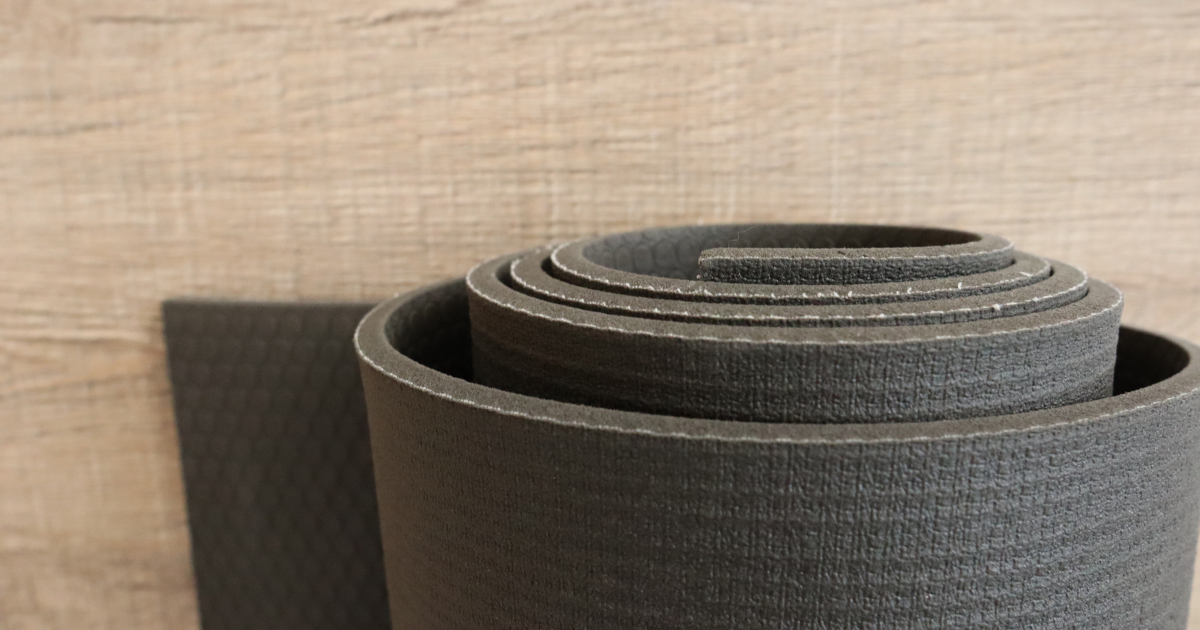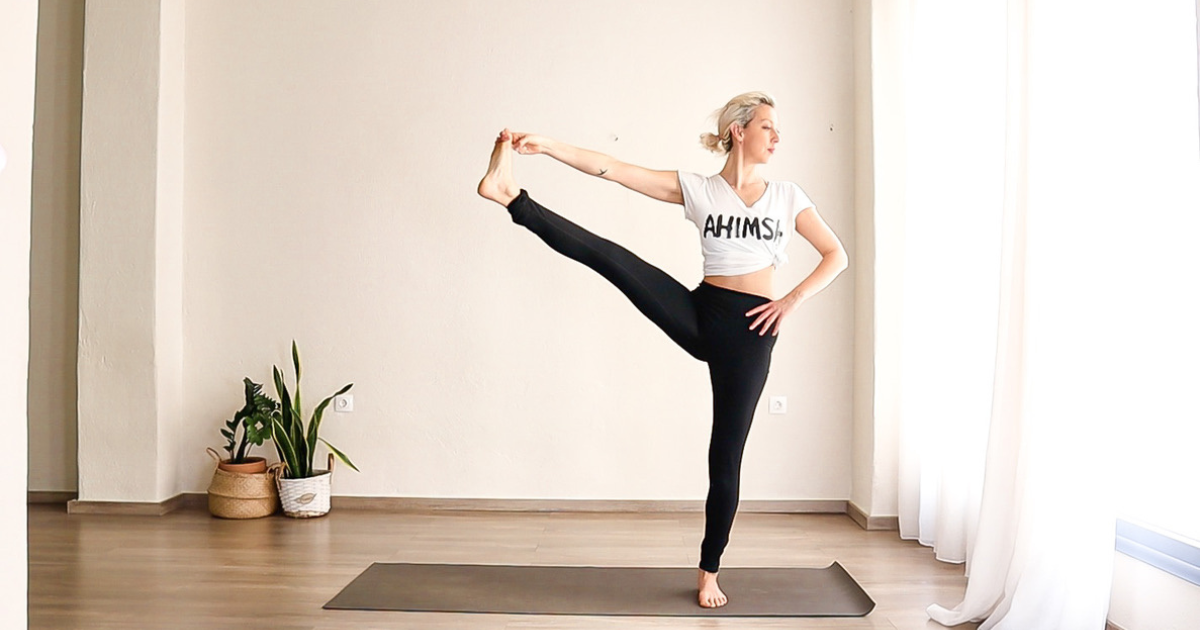Manduka Pro Review – 15 Years Later
This is my Manduka Pro review after 15 years of regular use—and I still love practicing on it. Often listed among the best yoga mats for serious practitioners, the Manduka PRO has earned its reputation as the “yoga mat for life.” While it may not win beauty contests with bright patterns or Instagrammable pastel tones, it more than makes up for it with sheer durability, performance, and long-term value.
Where aesthetics fade, function remains — and this is where the Manduka PRO shines.
When experienced yoga practitioners ask me which mat to buy, I always recommend the Manduka Pro. Why? Because with a long-term practice, you need a mat that’s built to last—and one where the grip holds up over time. Every time I step into my Ashtanga studio in Glasgow, I notice the same thing: the Manduka Pro is by far the most popular mat in the room.
Manduka Pro - A Grown-Up Mat for a Grown-Up Practice
Launched with the intention of being the last yoga mat you ever need to buy, the Manduka PRO is a true workhorse. Designed with performance and longevity in mind, it’s no surprise that this mat has become the trusted companion for many seasoned practitioners, especially those immersed in the discipline of Ashtanga yoga.
At 4.5kg, it’s certainly not one you’ll want to toss into a carry-on or bike to class with. But if you’ve got a home practice, or a dedicated space at the studio, this mat delivers everything you need — and then some.
Key Features:
Ultra-Dense Cushioning:
At 6mm thick, the Manduka PRO provides serious support for joints without sacrificing connection to the floor. It’s perfect for kneeling poses, longer holds, and strong vinyasa transitions — cushioning without compromising stability.
Closed-Cell Surface:
The surface doesn’t absorb sweat, making it more hygienic and easier to clean than many open-cell mats. That said, you will need to break it in. Out of the box, the grip can feel a bit slick — especially in sweaty practices — but with consistent use or the salt-rub method (check out my YouTube video here) the grip improves significantly.
Built to Last:
This mat doesn’t flake, peel, or compress over time. After 15 years of personal use, it still offers a reliable base every time I step onto it. The phrase “buy once, use forever” genuinely applies here.
Eco Efforts:
While made from PVC — a synthetic material — Manduka’s manufacturing process is Oeko-Tex certified and emissions-free, and their lifetime guarantee reduces waste. It’s not a perfect environmental solution, but it’s one of the more responsible options in the PVC category.
Key Stats:
Weight: 4.5 kg
Length: Standard (180cm) and Long (215cm)
Thickness: 6mm
Material: PVC (Oeko-Tex certified)
Grip: Medium (improves with use)
Best for: Home practice, Ashtanga, Vinyasa, joint support
Out of the Box:
First impressions? It’s heavy, minimal, and clearly built to last. There’s no plush top layer or printed mandala to distract — just a solid, matte surface and subtle logo branding. While the initial grip may surprise some users (especially if switching from a sticky rubber mat), it’s all part of the long-game. Once broken in, the surface offers a solid grip with a smooth glide — ideal for jump-throughs and transitions in dynamic sequences.
The mat rolls flat every time — no curling edges — and feels completely stable on hardwood or studio floors. The extra weight does help it stay in place, and it never bunches or wrinkles mid-flow.
Real-World Use:
Whether you're holding a long Warrior II or floating forward into Crow, the Manduka PRO offers unwavering support. The dense cushioning protects your knees during Camel and cushions wrists during Chaturanga. Even during hot practices, the mat doesn’t degrade or develop odor — just pair it with a towel if you're especially sweaty.
In a recent survey I conducted within the Ashtanga yoga community, the Manduka PRO was by far the most commonly used mat. It’s not flashy, but it’s functional. And if you're serious about your practice, function is everything.
One consistent drawback: its portability. At over 4kg, it’s a commitment to carry. If you’re a commuter or travel frequently, you may want to consider a lighter option like the Manduka PROlite or travel-friendly eKO SuperLite. But for a static space? The PRO is unmatched.
Break in Manduka Pro
Breaking in a Manduka Pro mat can make a big difference in how it feels under your hands and feet—especially when it's brand new. These mats are built to last a lifetime, but they come with a surface that can feel a bit slick at first. That’s where the salt scrub comes in. Using coarse sea salt, you can speed up the break-in process and help the mat develop better grip more quickly.
In this video, I walk you through the process step by step. It's simple: spread coarse sea salt evenly across the mat, let it sit for 24 hours, then scrub it down and rinse thoroughly. After drying it flat, your mat will start to feel more grounded and ready for regular practice. It’s a one-time ritual that’s totally worth it if you want your Manduka Pro to feel just right from the start.
Final Thoughts:
This mat may not be for everyone — beginners might balk at the price, and those used to grippy, rubber-based mats might find the initial surface off-putting. But for committed practitioners seeking a long-term investment, the Manduka PRO is a no-brainer. It’s the mat you grow with, not out of.
It doesn’t promise to be trendy, but it does promise to be there — ten, fifteen, twenty years later — supporting your practice just as reliably as the day you bought it. In a world of disposable gear and fast-turnover trends, that kind of commitment is rare.
If you’re ready to commit to a mat that commits to you — the Manduka PRO may just be your next, and last, yoga mat.


